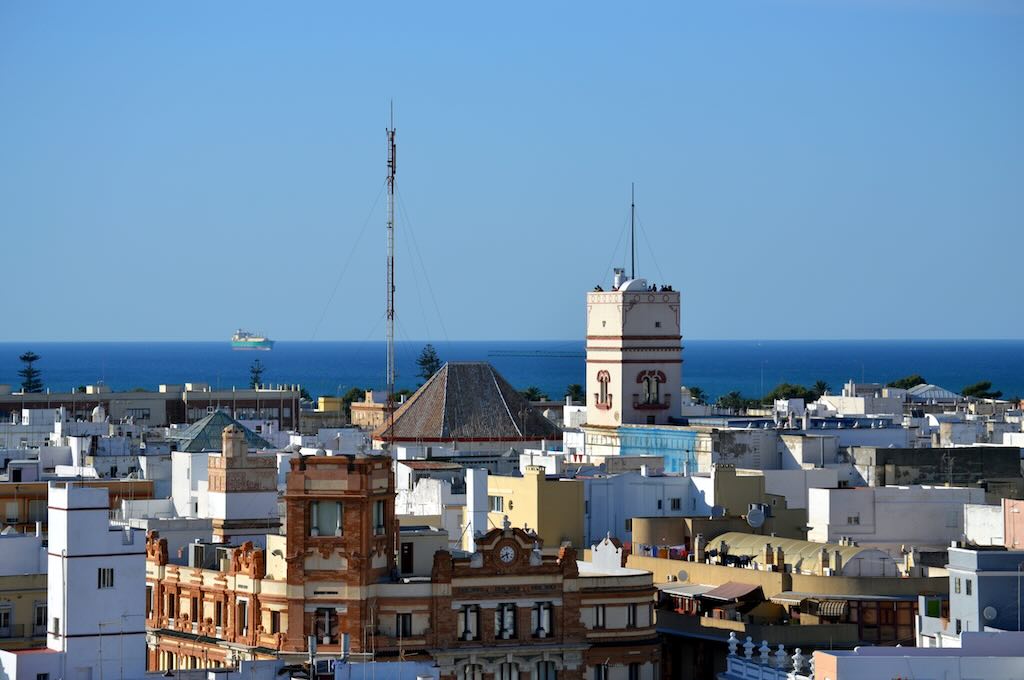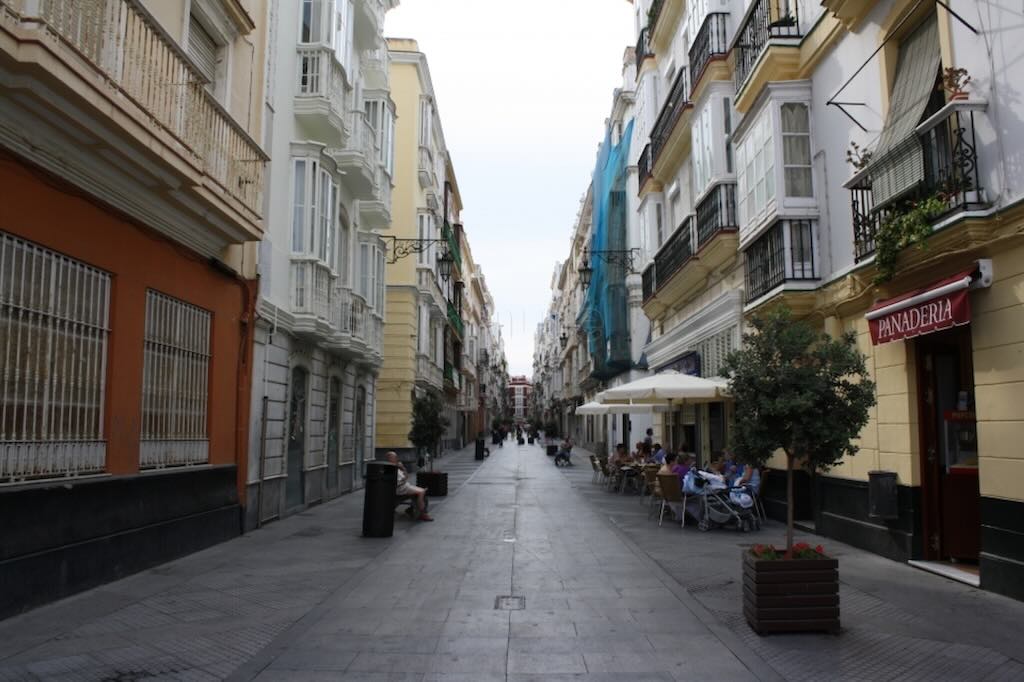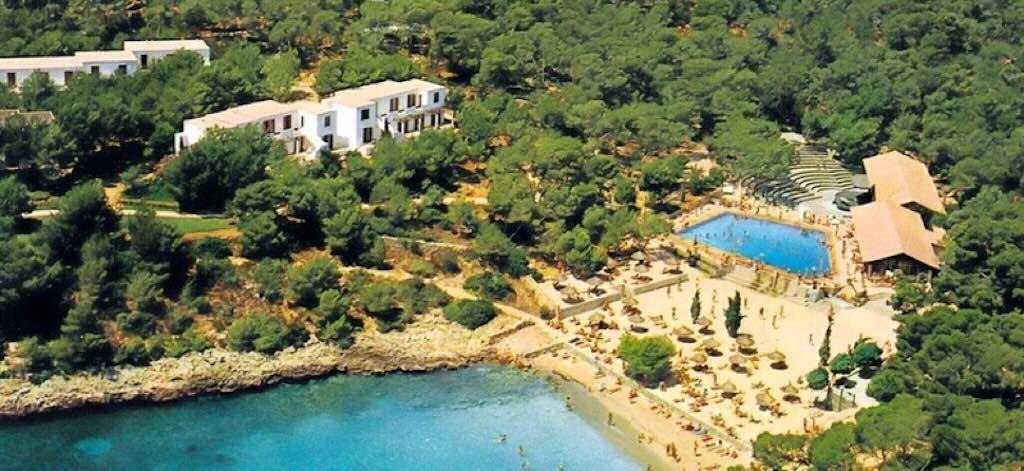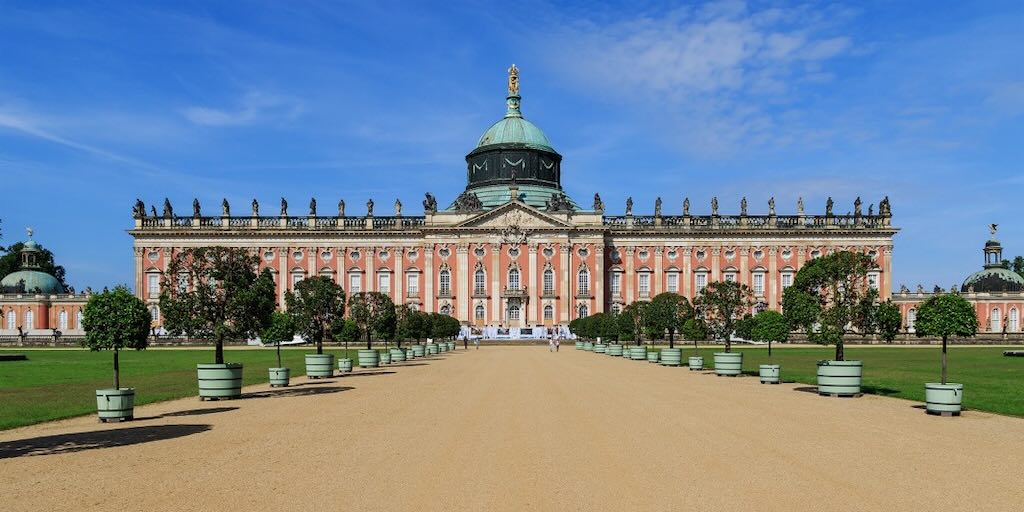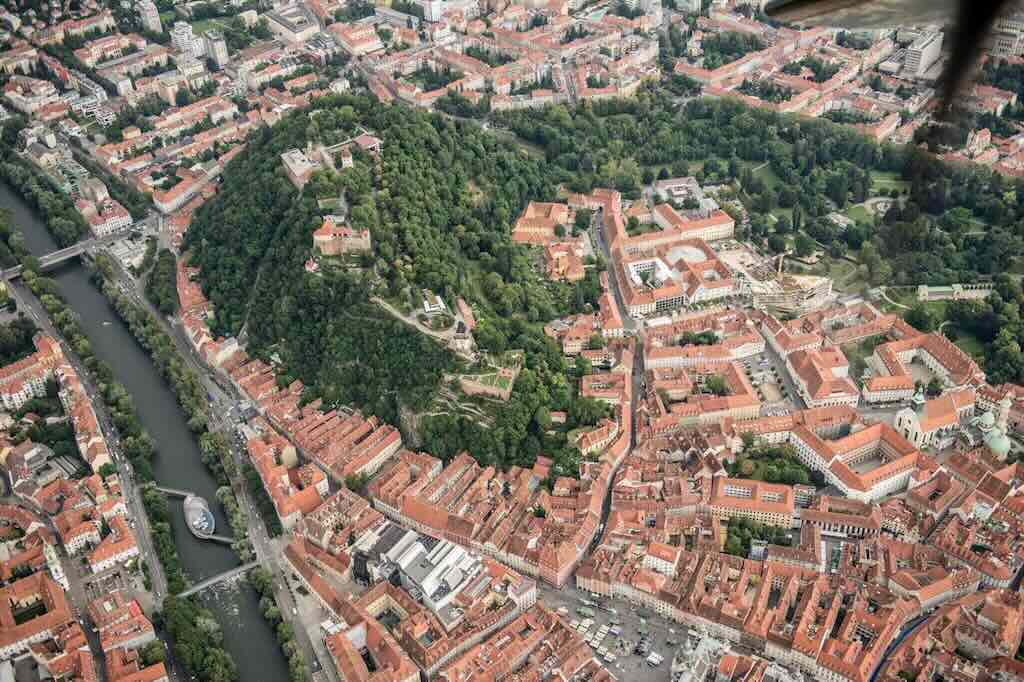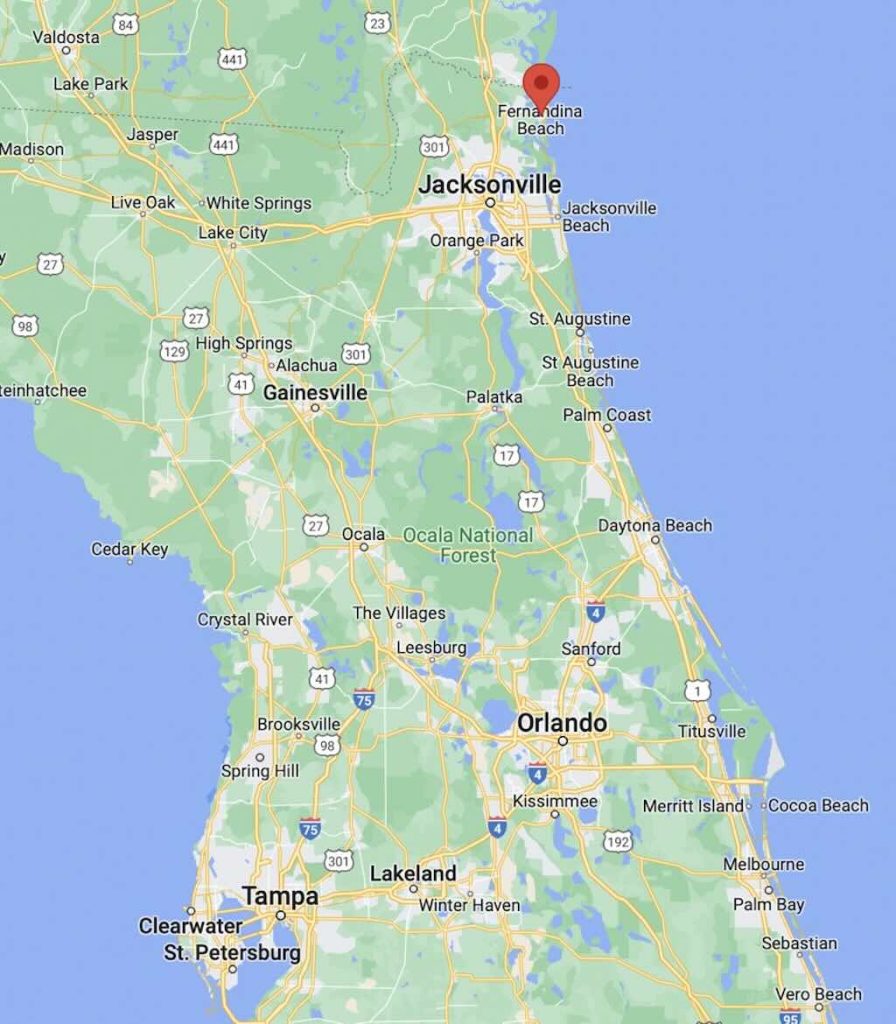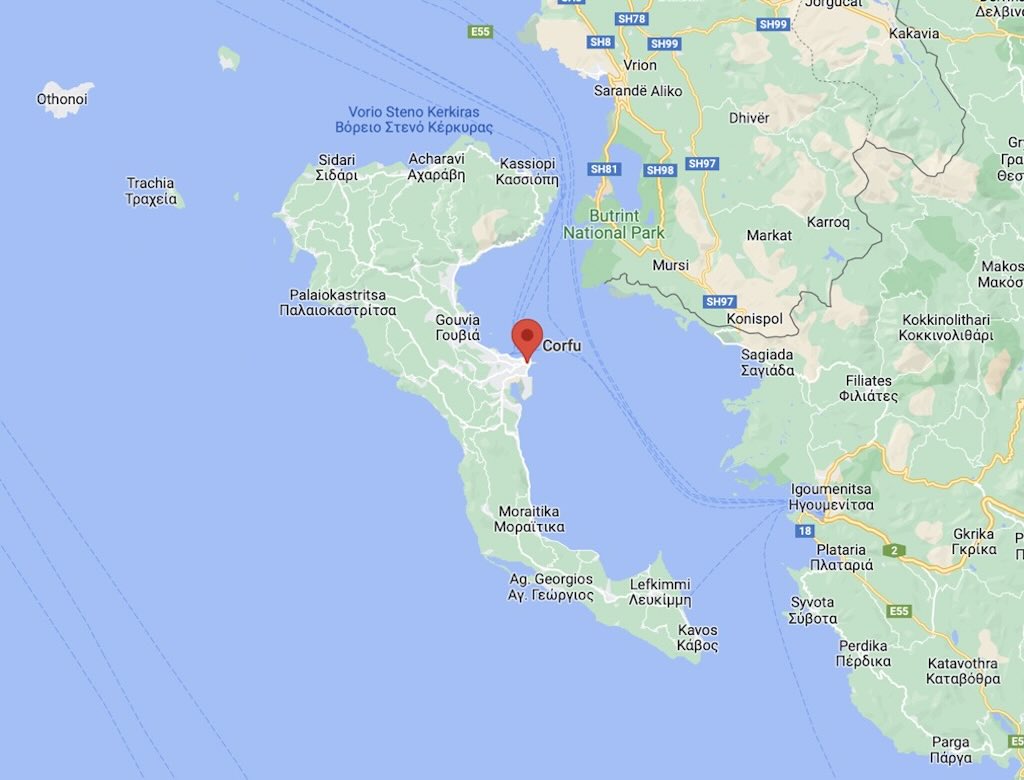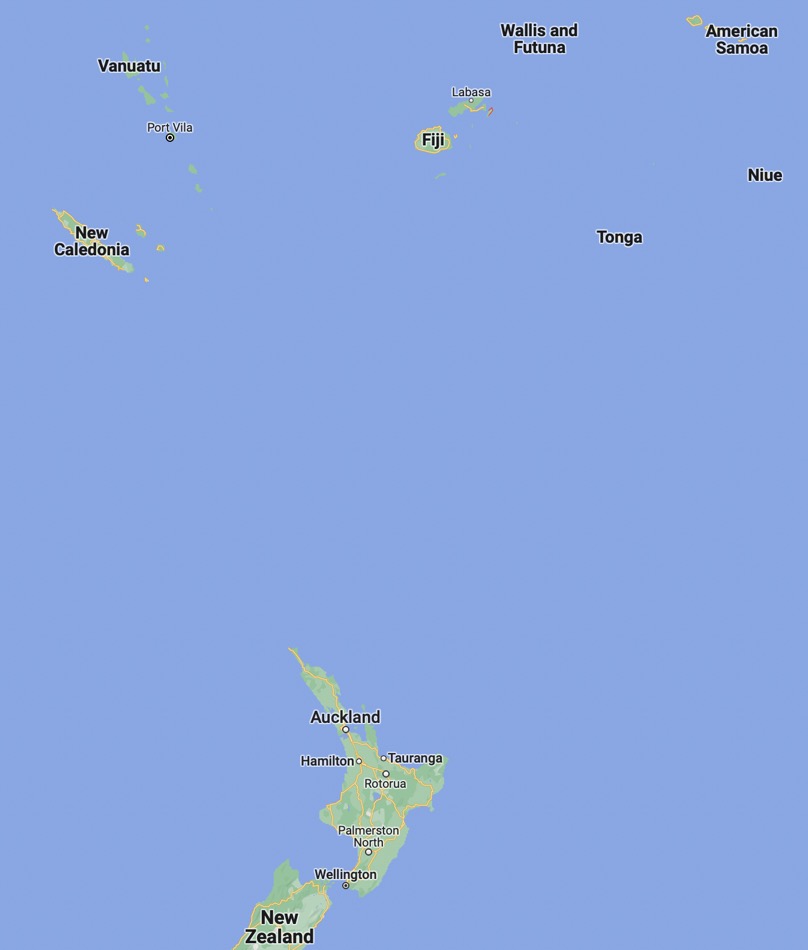My collection on Cádiz includes Cádiz I, Cádiz – II, Cádiz – Today, Cádiz – Maps, Models and the Camera Obscura, Cádiz – El Centro (this posting), Cádiz – El Pópolo, Cádiz – El Mentidero, Cádiz – San Carlos, Cádiz – Nochebuena and Nochevieja, and Cádiz – Trafalgar.
I must admit I’m not even certain if the barrio El Centro actually exists. I can find little that defines it, but there are real-estate offerings that mention the barrio. Many guides to the different barrios, just mention La Viña, El Pópolo, Santa María, and El Mentidero, ignoring San Carlos, El Balón, San Juan, and El Centro.
So I am going to simply define it as being made up of everything not included in the other barrios. This means places like Paseo de Canalejas, the Muelle Ciudad (the city docks), the Iglesia de San Agustin, the Iglesia de San Pablo, the Casa-Palacio de Mera, the Museo de las Cortes de Cádiz and the Iglesia Oratorio San Filipe Neri, and the Torre Tavira.
We are going to start our visit to this particular barrio with a quick walk down Calle Ancha (which could be translated as Broad Street). It runs south-east from Plaza San Antonio. It is in fact wider than other streets in the city and was (and still is) a kind of high-street with some shops and elegant residential buildings. Being in a pedestrian area it is still today a preferred street for gaditanos to stroll along.
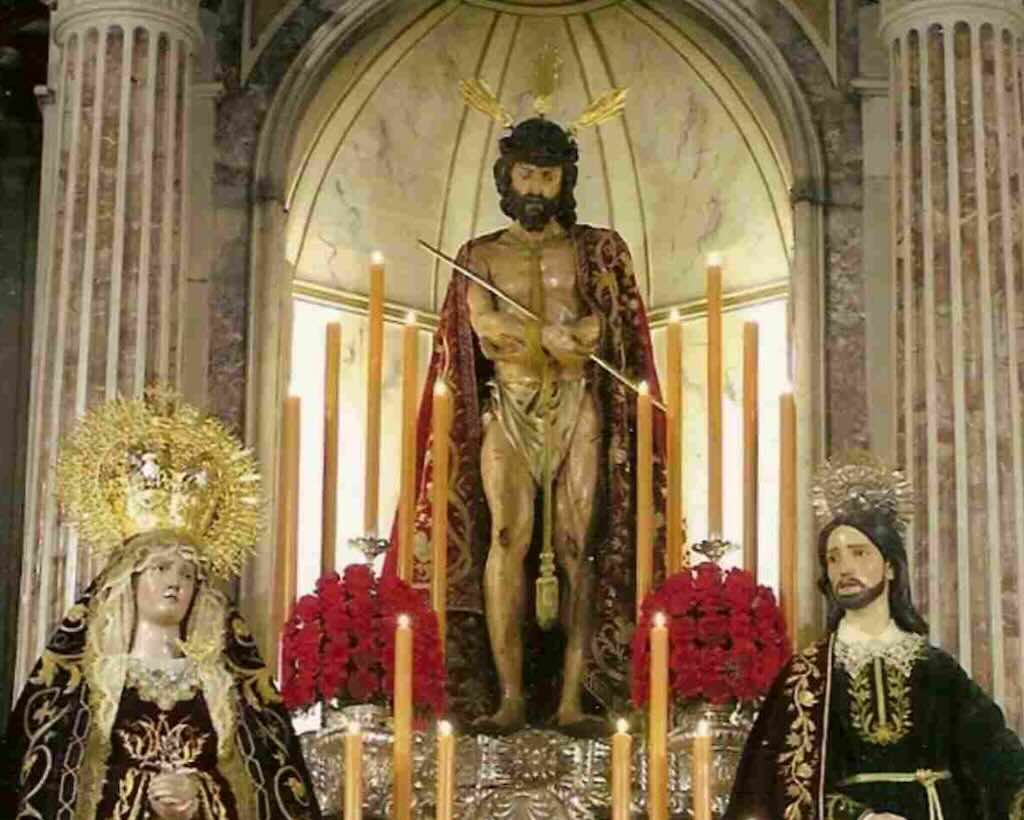
All the guide books tell you to look out for the Iglesia de San Pablo and the Casa-Palacio de Mera. They will tell you that the church was built in 1678 and was rebuilt in a Neoclassical style in 1787. I never managed to visit this church, it was always closed. However it is said that it has an impressive Italian built altar from 1791, with an equally impressive Cristo del Ecce-Homo (see above).
The Casa-Palacio de Mera was also always closed and I must admit looked a bit run-down (see below). As far as I can understand things, a very rich man was able to buy a total of seven existing properties (three in C/Ancha), and build a new mansion in the so-called estilo Isabelino (between late Gothic and early Renaissance). Inside it is supposed to have a majestic double staircase, lots of columns in Carrara marble, galleries, and a secluded courtyard garden.
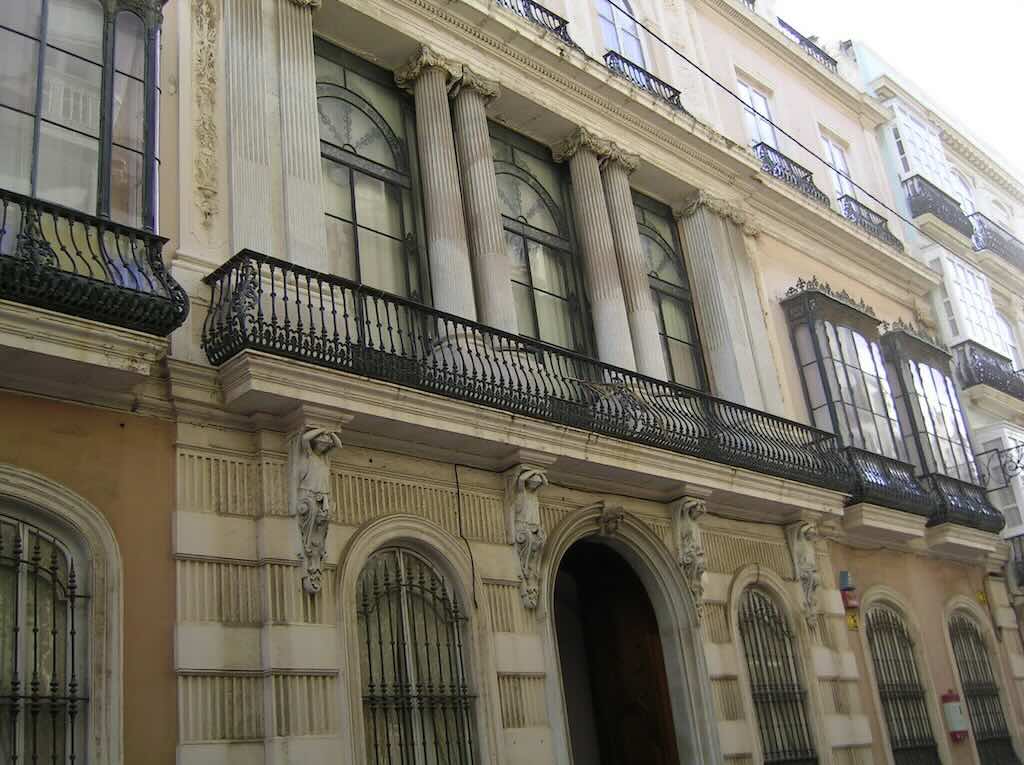
The Iglesia de San Agustín was built between 1617 and 1647 and started out life as a convent, cloisters, church, and gardens, etc. The façade is one of the best examples of the Mannerist style in Cádiz. The interior is more Neoclassical, and it is home to a very impressive Cristo de la Humildad y Paciencia.
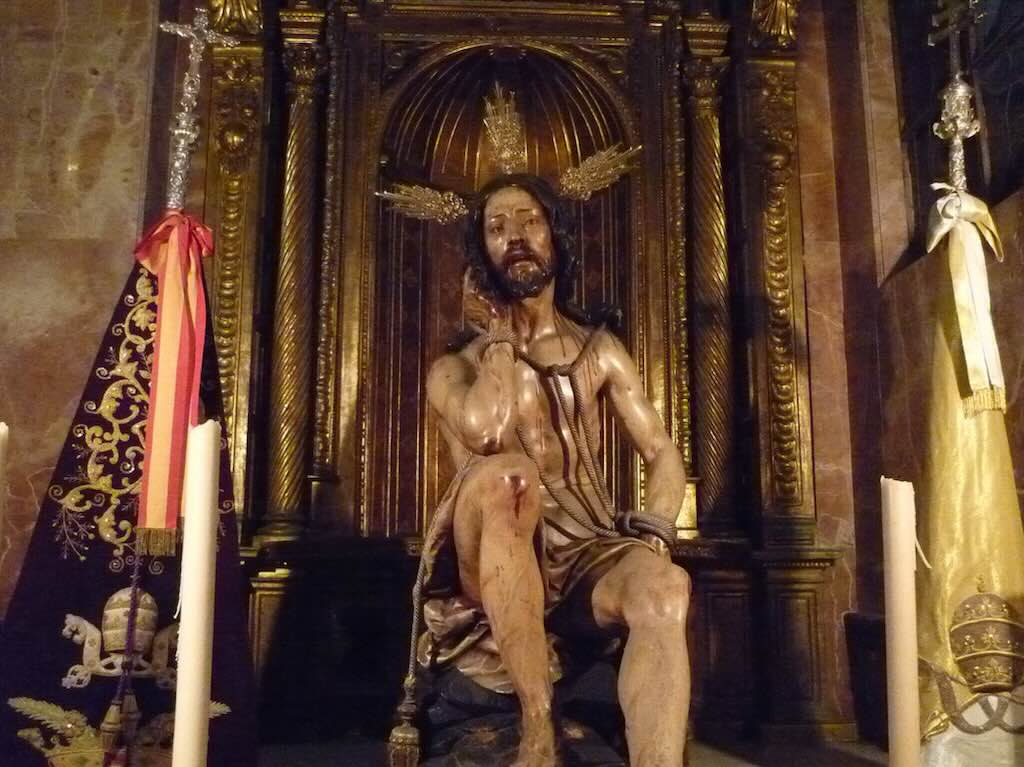
Down by the Muelle Ciudad (the city docks) there is the Paseo de Canalejas. From what I can understand the garden area has just become accessible again after being closed for three years (building an underground parking). However the paseo in fact existed well before 1773. In those days it changed name quite frequently, one such name was “la pegada a la muralla” or something like “keep close to the wall”. From 1773 it was just “la de la Aduana” or “the way to the customs house”. It finally got a decent name in 1890 when it acquired the gardens and when the fortifications were removed for the development of the port.
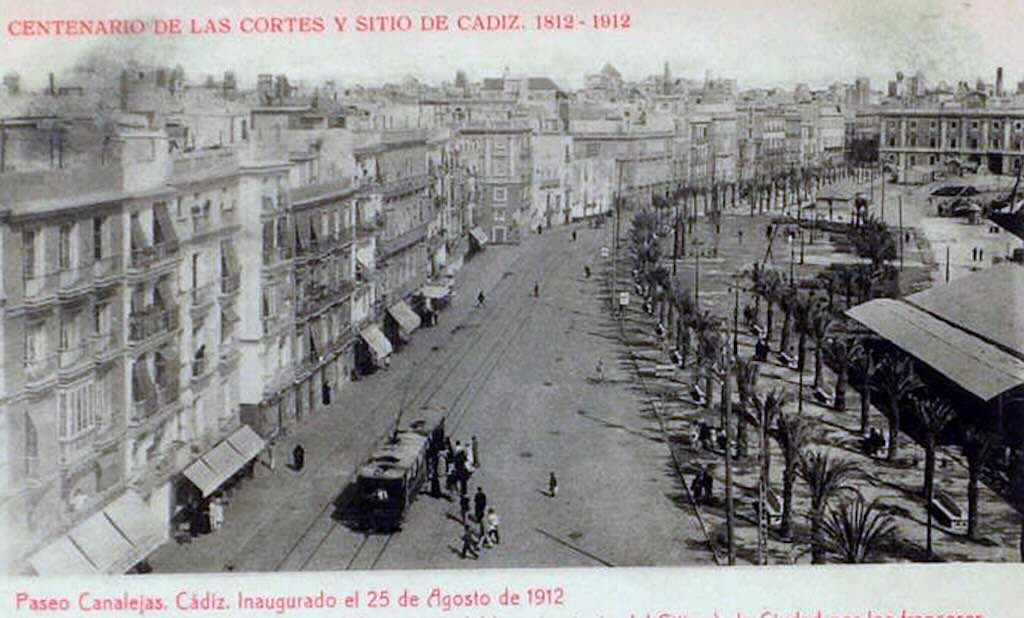
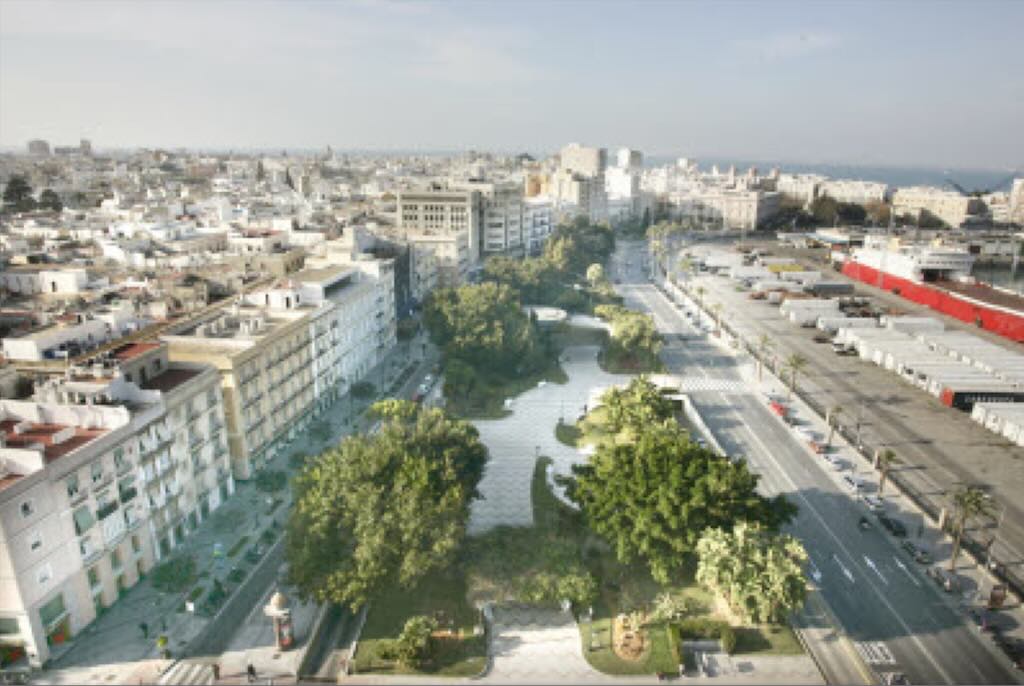
Whilst we were in Cádiz there were a couple of day when everyone appeared to speak Italian! This was because a major Italian cruise ship called the Costa Fascinosa had docked (along with its 3,780 passengers).
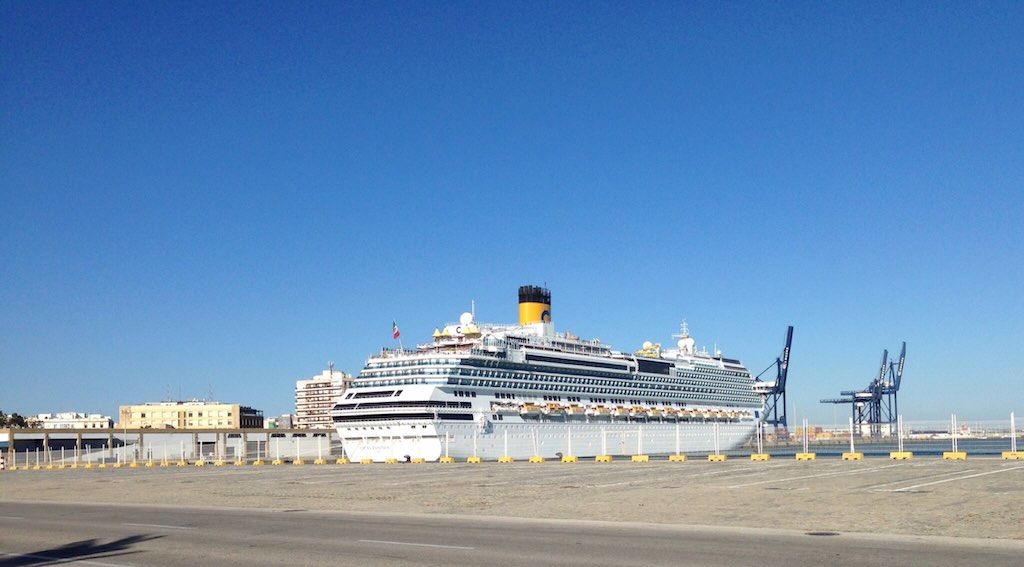

The Iglesia Oratorio San Filipe Neri (above) is yet another Baroque church built between 1685 and 1719, and later repaired after the Lisbon earthquake of 1755. The façade is quite unusual because it is covered with commemorative plaques to the many people who gave birth to Constitución Española del 1812. As far I can see the church was home to the development of the Constitución between Feb. 1811 and Sept. 1813.
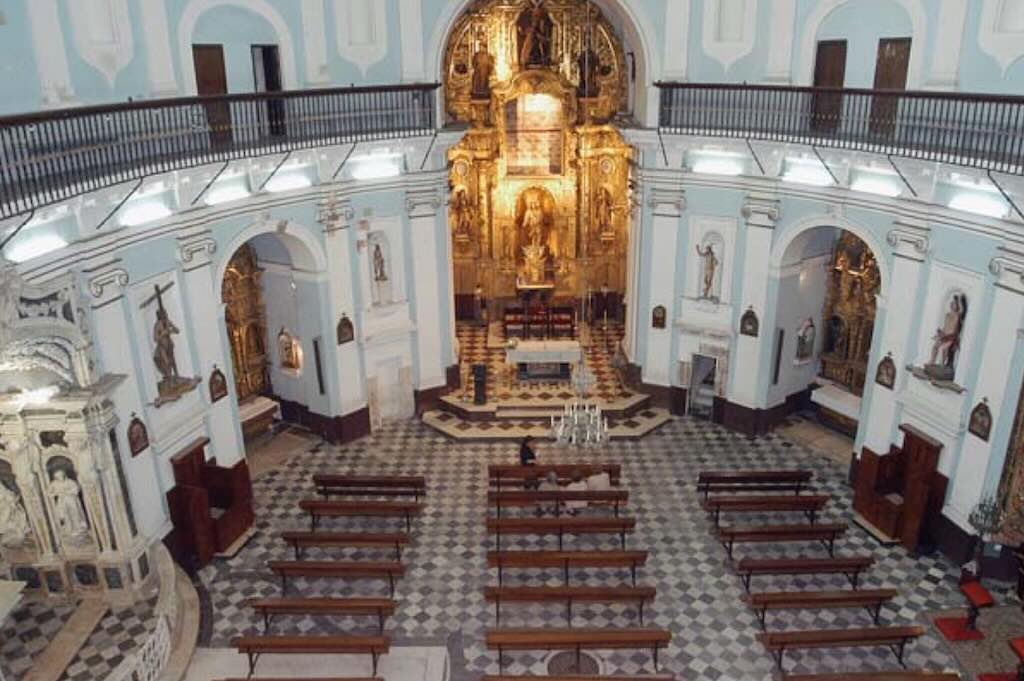
During the later uprising ‘Trienio Liberal‘ in 1820 people were killed, and in 1843 their remains were placed in this church. Las Cortes also met again in this church in 1823 during the siege that ended the “Trienio Liberal”. In 1912 the tombstones in the crypt were placed on the façade of the church. As far as I can understand the story, the re-introduction of the Constitución had been decided in Madrid in 1820, and on 10 March 1820 people were out on the streets in Cádiz. However the local garrison were not supporters of the constitution, and they attacked the people in the streets around Plaza San Antonio. Sixty-one men and ten women were killed to shouts of “Viva el Rey”. There was looting and some houses were burned before the army were formally told that Fernando VII has accepted the Constitución. Later the Cádiz army swore allegiance to the Constitución and attended the funerals, but they went unpunished.
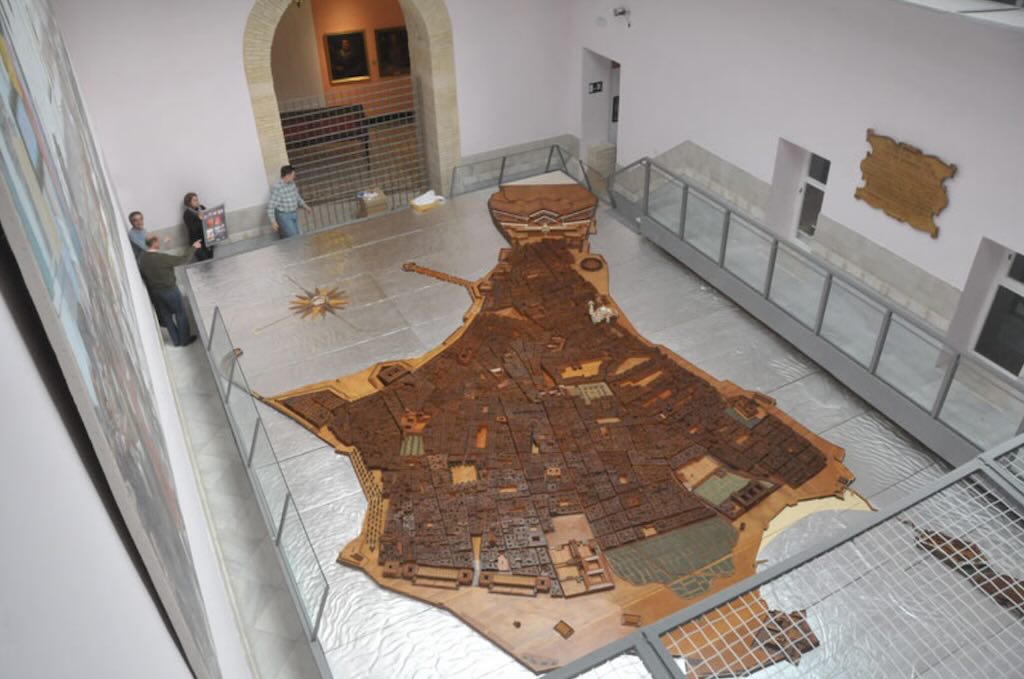
Museo de las Cortes is right next door to Iglesia Oratorio San Filipe Neri. The museum was opened in 1912, but was closed in 1947 due to damage from an explosion. It was re-opened in 1964, and has been undergoing modifications ever since.
The explosion was of 200 tons of trinitrotoluene (TNT) in the powder magazine of the navy (mostly 1,600 torpedoes and depth charges and including some WW I munitions). The cloud was visible in Ceuta, Huelva, Sevilla, and even in Portugal. The old city was saved by the old defensive fortification and the Puerta de Tierra. The explosion killed 150 people, injured 5,000 people, destroyed 500 buildings and damaged another 2,000 (locals have always claimed that the deaths and damage was considerable more than indicated in the official figures). The explosion also cut the local rail link, water mains, and phone lines. The most logical explanation is the instability of old guncotton, but naturally many people still claim that it was an attack on the Franco dictatorship.
Anyway back to the museum. The most impressive thing on show is the very large Maqueta de Cádiz. It all started with Carlos III de España (1716-1788) ordering models of all the strongholds in Spain, but only the one in Cadiz was ever finished. Infantry Lieutenant Colonel Alfonso Jiménez, helped by some gaditanos cabinetmakers, made the model between 1777 and 1779 (it was restored between 1950 and 1962). The model covers a surface of nearly 13×7 metres, and is made up of 333 separate pieces.

Our last visit in this barrio will be to the camera obscura in the Torre Tavira. It is a great tourist attraction, and provides the visitor with an excellent overview of the city.
